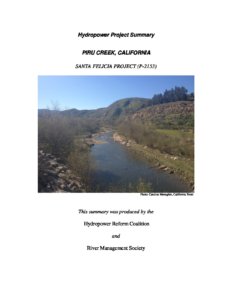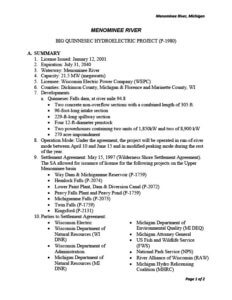The Four Governor’s Agreement: What the statement from Idaho, Washington, Montana, and Oregon means for salmon
The Four Governor’s Agreement: What the statement from Idaho, Washington, Montana, and Oregon means for salmon
The Governors of Idaho, Washington, Oregon, and Montana have committed to working together in salmon and steelhead recovery in a recently signed agreement. Alongside Tribes and stakeholders, the four states have set out to increase salmon abundance throughout the Columbia River system according to the goals set forward in the Columbia Basin Partnership (CBP) Phase I report. The agreement offers a positive development for Idaho’s wild salmon and steelhead runs that are in dire need of decisive action.
The CBP process has been a collaborative effort in recovery, albeit one focused on envisioning healthy, abundant population goals rather than actually prescribing recovery action. That is where the four state agreement must come in and assess what stakeholder needs are in the event of necessary recovery actions like Lower Snake River dam breaching. A commitment to regional collaboration can end decades of gridlock, especially where Idaho’s runs and the Lower Snake River dams are concerned.
While this agreement presents a pathway toward recovery, tangible steps towards figuring out what a regional recovery package looks like for all stakeholders must now take place. Our wild salmon are still on the precipice of extinction and are unable to support river-dependent communities and wildlife due to their extremely low numbers.
At IRU, we welcome this new pledge for collaboration and the creation of a recovery avenue outside the federal government’s Environmental Impact Statement (EIS) processes, the most recent of which once again failed to comprehensively study the economics of transitioning away from the Lower Snake River dams or offer an adequate recovery plan. It is clear that we must look to regional leadership to recover Idaho’s salmon and steelhead from the Endangered Species List and acheive true abundant salmon runs that can be sustainably fished.
Idahoans and Northwesterners alike need a recovery plan that effectively puts Idaho’s salmon on a path towards abundance, while maintaining our strong agricultural economies and clean, reliable electricity grid. This plan must be centered around Lower Snake River restoration via dam breaching; established in the scientific community as the most effective recovery action available to us.
While the recent agreement is merely a signal of intent, it is an important first step of many that must be taken rapidly to work towards abundant fish returns in Idaho and throughout the Northwest. In the agreement, the four Governors pledged to help achieve the CBP abundance goals, noting that salmon recovery would in turn uphold treaty rights and support river-dependent economies.
We are hopeful that this agreement signals the start of fruitful cooperation, firmly grounded in science and the CBP’s established abundance goals. This process must not fall into the cycle of ineffective recovery action like many collaborative efforts in the past few decades. Our region desperately needs bold leadership that restores the Lower Snake River corridor and recovers Idaho’s salmon and steelhead to levels that are self-sustaining and supportive of the many people and animals that rely on them.


